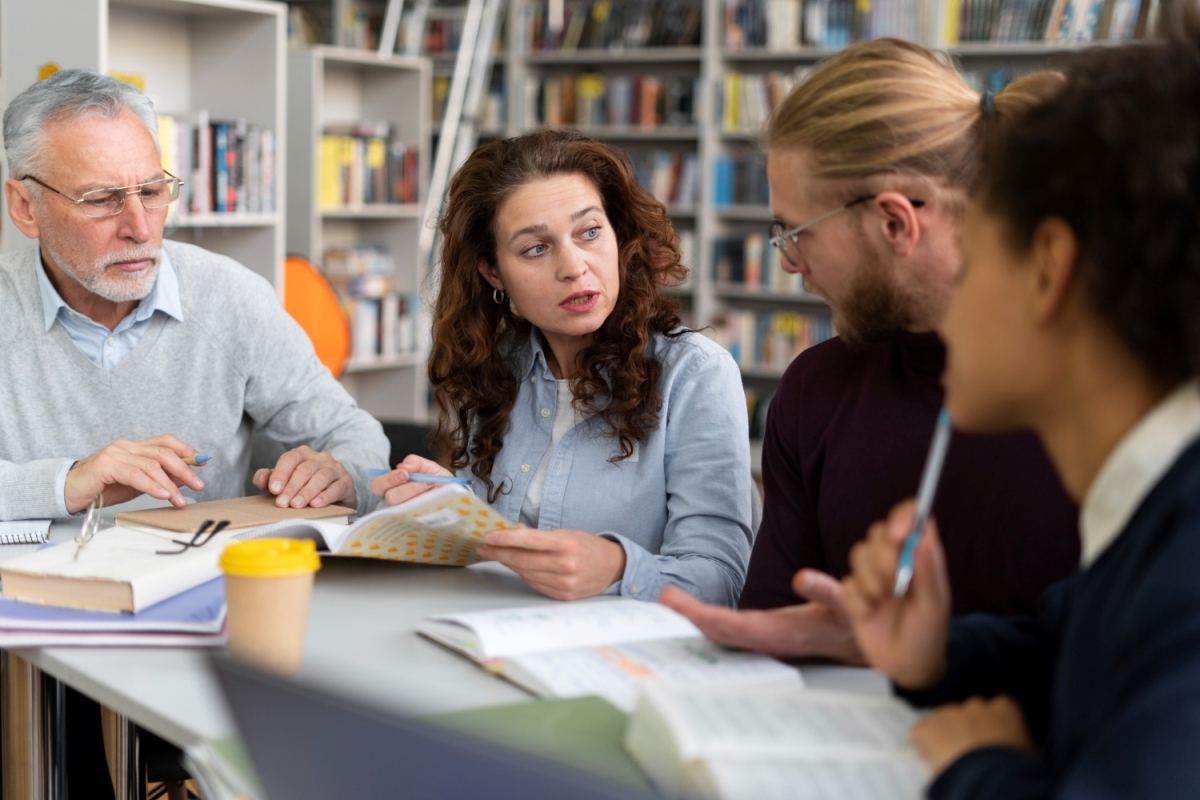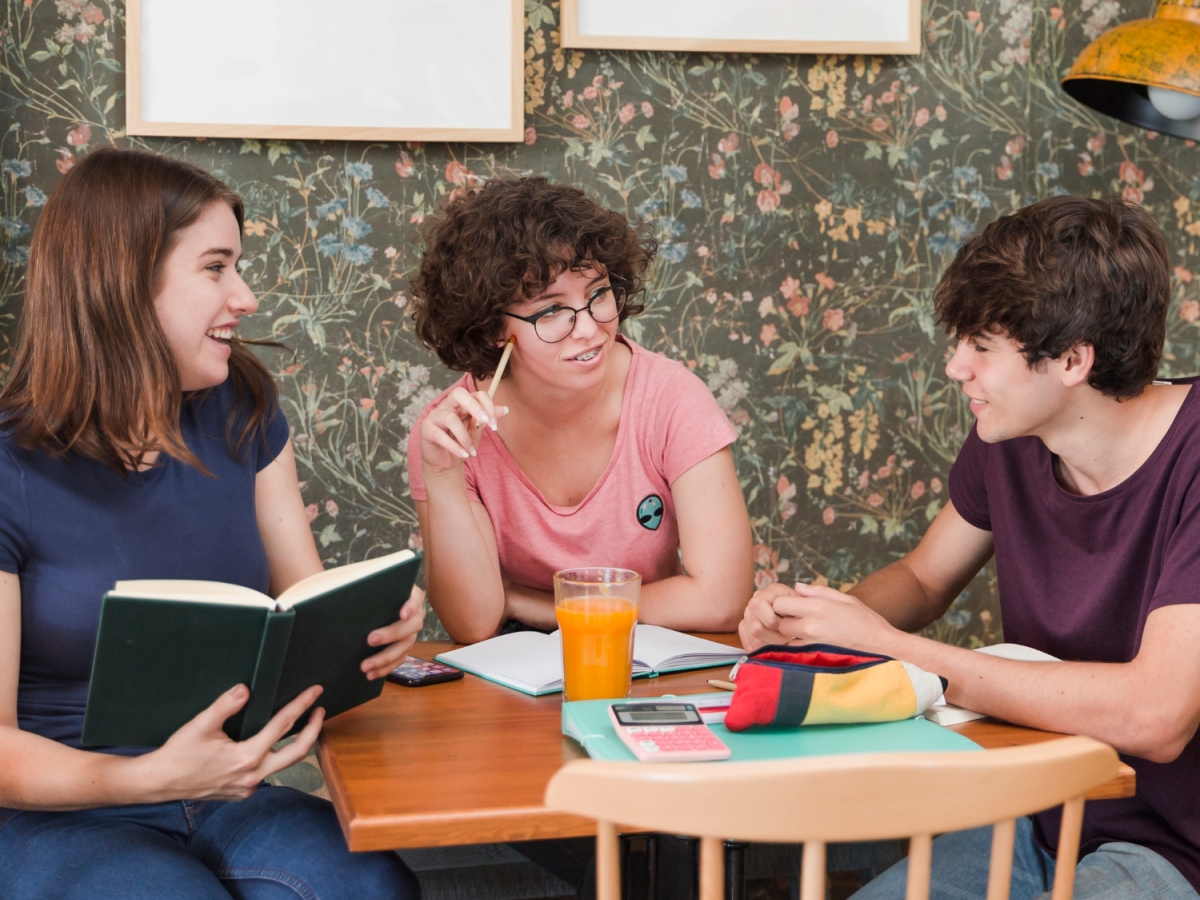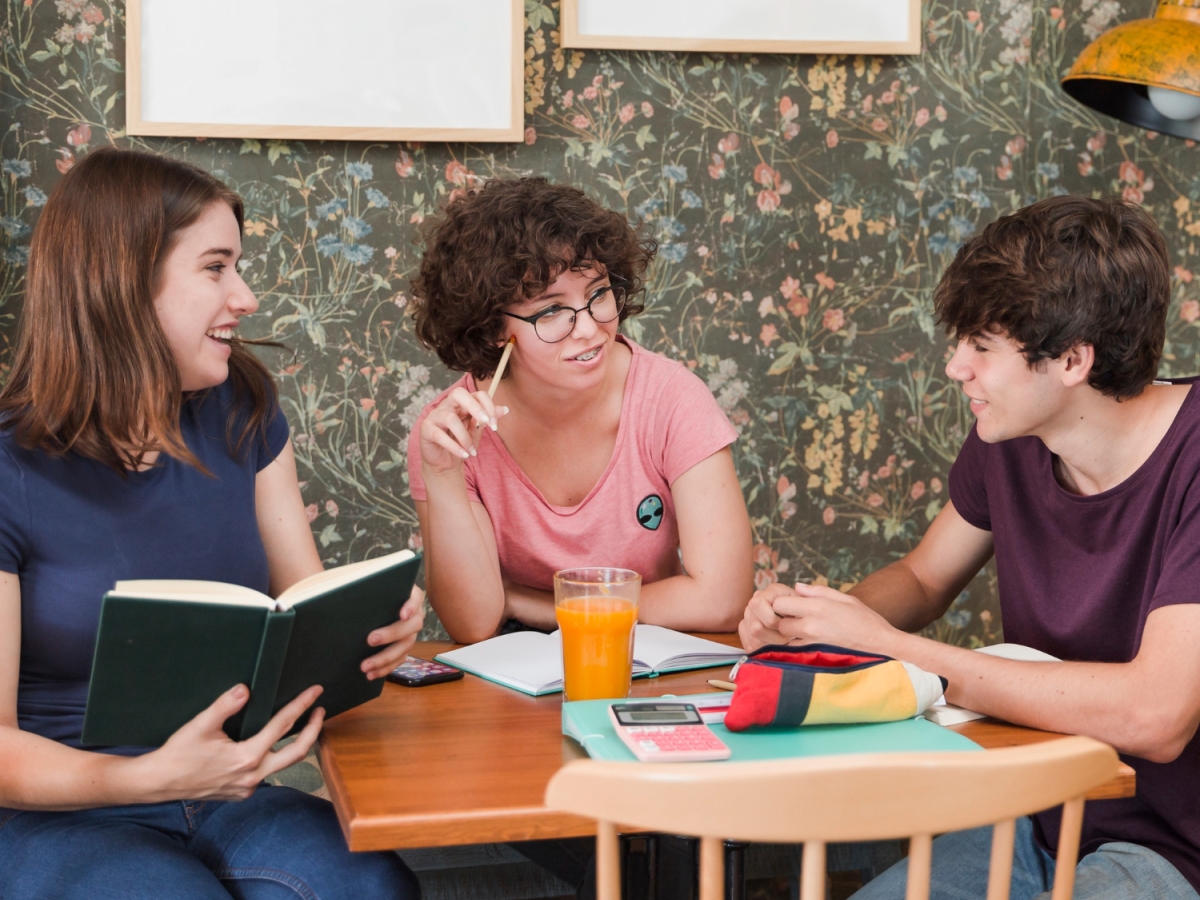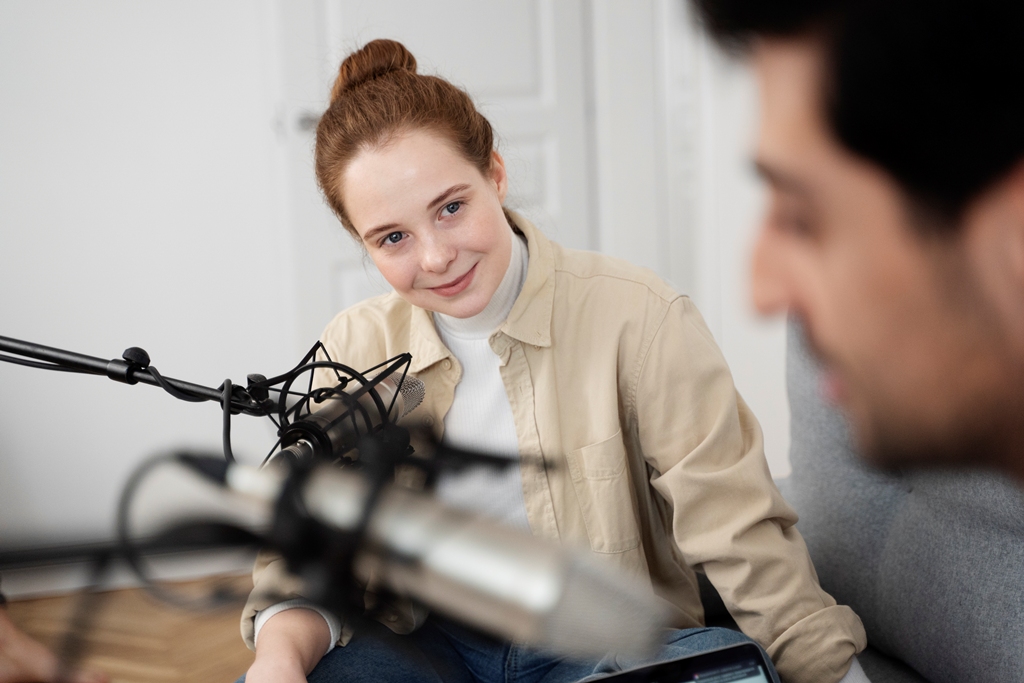Conflict is a natural part of life, and for college students, it can arise in various aspects of their daily routines. From disagreements with roommates and academic group conflicts to tensions in social relationships, learning how to manage and resolve conflicts is an essential skill. By developing conflict resolution strategies, students can create a more harmonious college experience while preparing themselves for professional and personal success in the future. This article explores two top conflict resolution activities that help college students build essential skills in communication, empathy, and problem-solving.
1. The Role-Reversal Debate
Objective:
The Role-Reversal Debate is designed to foster empathy and improve communication skills by encouraging students to see an argument from multiple perspectives. This activity challenges participants to argue in favor of the opposite viewpoint they initially held, helping them develop a deeper understanding of differing perspectives and facilitating more constructive conversations.
Materials Needed:
- A list of common college-related conflicts (e.g., group project disagreements, dormitory noise complaints, or differences in political opinions).
- Index cards with assigned positions (for and against).
- A timer.
- A whiteboard or paper for jotting down key points.
Instructions:
- Divide students into pairs or small groups, assigning each team a conflict scenario.
- Each participant initially states their real opinion on the matter.
- The facilitator assigns them the opposite viewpoint, requiring them to argue in favor of it.
- Give students 5–7 minutes to research and prepare arguments for their assigned stance.
- Each participant presents their argument within a set time frame (e.g., 3 minutes per side).
- After both sides have spoken, they engage in a brief discussion, reflecting on the experience.
- Conclude with a group debrief where students share what they learned about the opposing perspective and discuss how this could improve their future conflict resolution skills.
Learning Outcomes:
- Enhances empathy by encouraging students to understand opposing viewpoints.
- Improves communication and debate skills.
- Encourages active listening and problem-solving.
- Helps students recognize that conflict resolution requires a willingness to see different sides of an issue.
Example Scenario:
Imagine two roommates are arguing about keeping the dorm room clean. One prefers an immaculate space, while the other feels comfortable in a more relaxed environment. Through the Role-Reversal Debate, they must argue for the opposite perspective, allowing them to recognize their roommate’s concerns and come to a compromise.
2. The Mediation Circle
Objective:
The Mediation Circle is a structured activity that helps students practice resolving conflicts through mediation techniques. The goal is to create a safe environment where individuals can discuss disputes openly, listen actively, and reach a resolution.
Materials Needed:
- Chairs arranged in a circle.
- A talking piece (e.g., a small object like a stone or a ball) to designate the speaker.
- A list of pre-written conflict scenarios or real conflicts submitted anonymously by students.
- A trained facilitator (such as a professor, RA, or peer mentor) to guide the discussion.
Instructions:
- Students form a circle with a trained facilitator guiding the session.
- One student presents a conflict they have faced or selects a scenario from the pre-written list.
- The involved parties share their perspectives one at a time, using the talking piece to ensure only one person speaks at a time.
- Participants practice active listening by summarizing what the previous speaker said before responding.
- The group discusses possible solutions, ensuring each individual has a chance to contribute.
- The facilitator helps guide the discussion toward a constructive resolution, emphasizing compromise, mutual understanding, and respect.
- The session concludes with a reflection on the process and how students can apply these strategies in real-life conflicts.
Learning Outcomes:
- Teaches patience and respectful communication.
- Encourages active listening and empathy.
- Helps students develop mediation and negotiation skills.
- Promotes a community-oriented approach to conflict resolution.
Example Scenario:
A group of students working on a project experiences tension because one team member is not contributing equally. Instead of resorting to passive-aggressive behavior or avoiding the issue, the team uses the Mediation Circle to openly discuss concerns and agree on a fair plan moving forward.
3. The Silent Strategy Game
Objective:
The Silent Strategy Game helps students understand the importance of nonverbal communication in conflict resolution. By working together without speaking, participants learn to interpret body language, develop patience, and find alternative ways to express their thoughts and emotions.
Materials Needed:
- A set of index cards with common conflict scenarios.
- Small whiteboards and markers or pen and paper.
- A timer.
Instructions:
- Divide students into small groups of 3-5 members.
- Each group receives a conflict scenario written on an index card (e.g., a disagreement about splitting household chores in an apartment or a dispute over a group project deadline).
- Participants must work together to propose a resolution to the conflict, but they are not allowed to speak. Instead, they must communicate using written notes, hand gestures, or facial expressions.
- Allow 10–15 minutes for teams to brainstorm and write down their final resolution.
- Each group presents their conflict scenario and proposed resolution to the class.
- Facilitate a discussion about the challenges of nonverbal communication, the importance of clear messaging, and how these skills apply to real-life conflict resolution.
Learning Outcomes:
- Enhances nonverbal communication skills.
- Encourages creativity in problem-solving.
- Develops patience and active observation skills.
- Reinforces the importance of clear messaging in resolving conflicts.
Example Scenario:
Two students are collaborating on a presentation, but one prefers a structured, bullet-point approach while the other wants a more visual and narrative-driven format. Through the Silent Strategy Game, they must communicate their preferences using only gestures and written notes to reach a compromise.
4. The Trust Walk Challenge
Objective:
The Trust Walk Challenge builds empathy, trust, and teamwork by requiring participants to rely on each other to navigate a simple obstacle course while one team member is blindfolded. This activity highlights the importance of effective communication and active listening in resolving conflicts.
Materials Needed:
- Small obstacles (cones, chairs, or books) to create a pathway.
- Open space (indoors or outdoors).
Instructions:
- Pair students into teams of two, assigning one person as the guide and the other as the blindfolded participant.
- Set up an obstacle course with minor hurdles that require careful navigation.
- The guide must direct their blindfolded partner through the course using only verbal instructions.
- After completing the challenge, participants switch roles so both experience being the guide and the blindfolded person.
- Facilitate a discussion about trust, clear communication, and active listening. Encourage students to reflect on how these skills apply to resolving conflicts in academic and social settings.
Learning Outcomes:
- Builds trust and teamwork.
- Develops clear and concise communication skills.
- Encourages active listening and patience.
- Reinforces the importance of guidance and support in resolving conflicts.
Example Scenario:
A student feels their ideas are often ignored in group discussions. By participating in the Trust Walk Challenge, they gain a firsthand experience of relying on others while also practicing how to give and receive instructions, helping them approach group conflicts with more confidence and patience.
5. The Perspective Swap Exercise
Objective:
The Perspective Swap Exercise encourages students to view conflicts from multiple angles, improving empathy, understanding, and negotiation skills. By stepping into someone else’s shoes, students learn to appreciate different viewpoints and develop solutions that satisfy all parties involved.
Materials Needed:
- Pre-prepared conflict scenarios related to college life.
- Role cards with different perspectives.
- A whiteboard or notepad for writing down key points.
Instructions:
- Divide students into small groups and assign each group a conflict scenario (e.g., a disagreement between roommates over noise levels or a conflict in a student organization).
- Each student receives a role card that provides a perspective on the conflict.
- Students must articulate their assigned perspective and work toward a resolution that addresses all viewpoints.
- After discussions, students switch roles and argue from another perspective.
- The session concludes with a debrief about how considering multiple perspectives can lead to more effective conflict resolution.
Learning Outcomes:
- Encourages empathy and open-mindedness.
- Develops negotiation and compromise skills.
- Teaches students to listen actively and consider alternative viewpoints.
- Reinforces the idea that conflicts often stem from misunderstandings rather than malice.
Example Scenario:
A student-led club is debating how to allocate funds. Some members want to invest in new equipment, while others prefer to host social events. Through the Perspective Swap Exercise, students experience both sides of the argument, leading to a more balanced and fair resolution.
6. The Collaborative Puzzle Challenge
Objective:
The Collaborative Puzzle Challenge emphasizes teamwork, patience, and problem-solving in high-pressure situations. It teaches students how to resolve conflicts constructively while working toward a shared goal.
Materials Needed:
- A complex puzzle (physical or digital).
- Blindfolds or handicaps for some participants to create a communication challenge.
- A timer.
Instructions:
- Divide students into teams and provide each team with a puzzle.
- Assign specific limitations to team members (e.g., some can only use one hand, others are blindfolded, or some can only speak and not touch the puzzle).
- Teams must complete the puzzle while navigating their assigned restrictions.
- Once finished, each team reflects on the communication barriers they faced and discusses how they overcame them.
- Conclude with a discussion on the importance of clear communication and collaboration in conflict resolution.
Learning Outcomes:
- Strengthens teamwork and leadership skills.
- Highlights the importance of adapting to limitations in a group setting.
- Encourages patience and understanding during high-stress situations.
- Demonstrates that conflicts often require creative solutions.
Example Scenario:
A group of students working on a class project struggles with communication because some members feel excluded. Through the Collaborative Puzzle Challenge, they experience firsthand how effective communication and teamwork lead to success, reinforcing the importance of inclusion and clarity.
Why These Activities Are Effective for College Students
Conflict resolution skills are crucial in both academic and social settings. These two activities help students develop self-awareness, respect for others’ perspectives, and the ability to communicate effectively under pressure. By engaging in Role-Reversal Debates and Mediation Circles, students can practice empathy, refine negotiation skills, and foster more positive relationships. These skills will not only improve their college experience but also benefit them in future workplace settings and personal relationships.
Incorporating these activities into college workshops, student orientation programs, and classroom discussions can greatly enhance students’ ability to navigate conflicts with confidence and maturity. As they build these skills, they will be better equipped to handle interpersonal disagreements, group dynamics, and professional negotiations, setting them up for long-term success.
Conclusion
Mastering conflict resolution is an invaluable skill for college students, equipping them with the ability to navigate disagreements, communicate effectively, and work collaboratively. The activities outlined in this article provide engaging, hands-on ways for students to develop these skills.
By participating in exercises such as the Silent Strategy Game and the Trust Walk Challenge, students gain experience in nonverbal communication, trust-building, and problem-solving. These activities prepare them not only for campus interactions but also for professional and personal relationships in the future.
Ultimately, fostering conflict resolution skills contributes to a more positive and respectful college environment, ensuring students can handle disputes with confidence, empathy, and a problem-solving mindset.



















